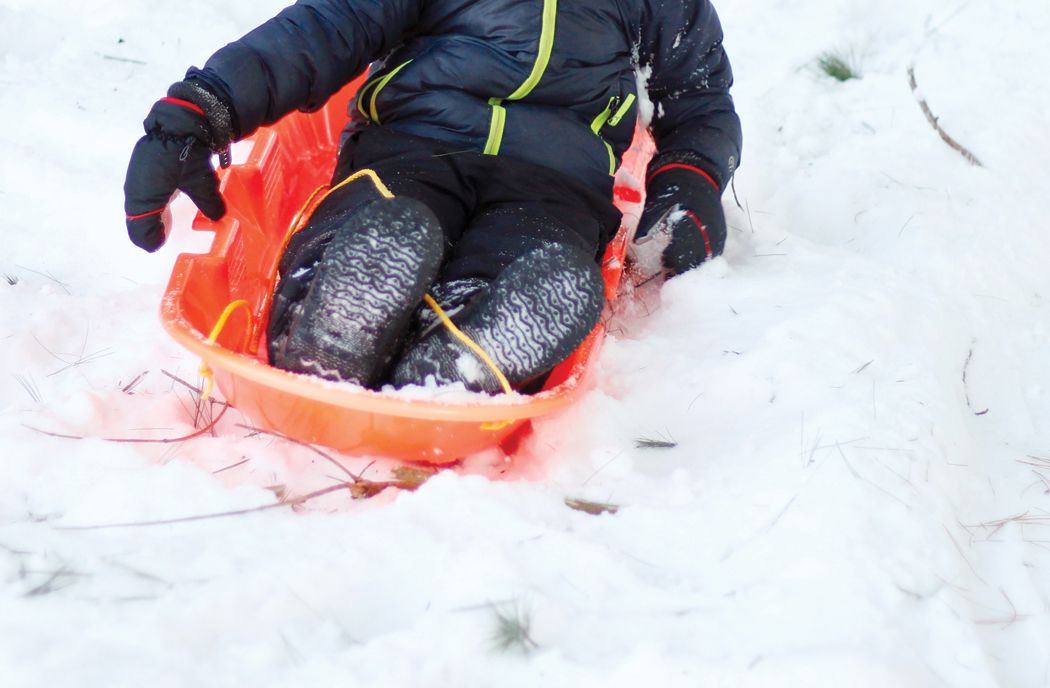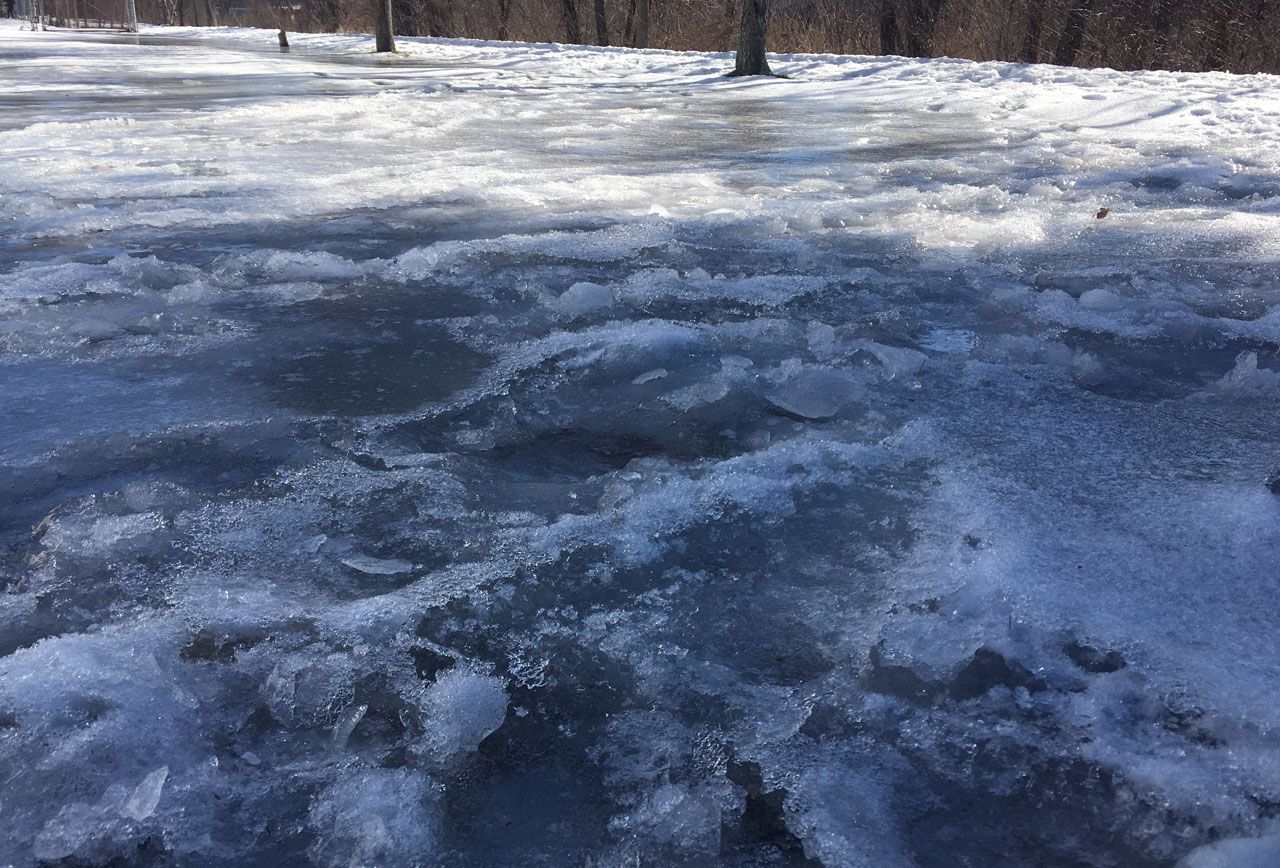
Blog
Stories from my personal journey learning about and delivering Nature-rooted programs across three different countries
Whole body learning...
Caylin (Forest Schooled)

Empty space, drag to resize
Short on time? Listen to this blog post as a podcast. And subscribe to my podcast channel on Apple Podcasts, Google Podcasts, or Spotify.
We've had snow on the ground for weeks now, but a few days ago the temperature rose and it rained. This started to melt the snow... but then it got cold again. The result? Everything is now ice.
I wondered how this would impact the children's activities at nature school, where the woods they play in are on the side of a hill. It certainly made travel more challenging as we slipped and slid our way through the forest, but it also lended itself to an incredibly fun winter activity... sledding!
One particular area had fewer trees and a decent slope so it became the ideal location for sledding. However, it is much easier to go down an icy hill than to go up it. One of the children explained to me, "We have to use our feet AND hands to go up!" It was true. They had to get their bodies down low to the ground and basically crawl up the hill to get to top. Sometimes this was successful on the first attempt, while other times they slid back down and had to try again. Shovels were then brought out and used to build some makeshift steps, which made travel up the slope a tad easier.
The icy conditions also made travel down the slope more challenging too. It made everything move faster and that meant that using a plastic sled could feel quite scary and out of control. The group discussed how sleds were much too fast and dangerous that day and that sliding on bums and bellies were just as fun and felt much more safe!
I watched the children slide down the hill, run back up, slide down the hill again, and run back up over and over and over again. They did this almost nonstop for about an hour. It looked exhausting! I thought about how strong their muscles and hearts must be getting from all their hard work. It also struck me how they were using their entirebodies to learn that morning - their hands, their fingers, their feet and toes, their knees and elbows, their bellies, and even their bums! They were gathering information about the world around them through all of their different senses (yes, there was even some licking and tasting of the ice..) and learning how their bodies move and interact with the land, the equipment, and each other.

If we wanted to look more specifically at how their play was contributing to their cognitive, social, emotional, language, and physical development, one could argue:
- They were learning concepts of physics, such as how force, weight, slope, and friction impact speed and distance travelled.
- They were conducting investigations to compare how different body positions and materials affected their motion.
- They were identifying problems (like how using a sled was too fast) and coming up with solutions to slow down their speed.
- They were learning about their local weather and how temperature interacts with the snow to change its form into ice.
- They were learning social and language skills as they took turns and found ways to communicate so that the person at the top of the hill would wait to go until the person at the bottom of the hill was out of the way.
- They were learning how to balance and control their bodies, developing motor skills and body and spatial awareness.
- They were learning risk management as they figured out ways to slow down and keep themselves safe.
And they were learning these things with their whole bodies, not just with their minds or with a pencil in their hands. They were also having a whole lot of fun, a powerful component when it comes to developing attitudes towards learning...
To wrap up, I'll end here with a quote from the book Lens on Outdoor Learning, which communicates similar thoughts about how the outdoors facilitates whole body learning really well:
“Many of the skills that teachers set out to teach formally and help children develop occur naturally in the outdoor environment. The outdoors is a space in which children's work and play spontaneously calls upon a broad range of cognitive aptitudes, including measurement, planning, problem-solving, and sequencing skills. It is also a space in which collaboration, communication, sharing, conflict resolution, and other important social skills are required and practiced. The natural world is fertile ground for the imagination. It inspires creativity and innovative projects that integrate the cognitive and creative aspects of children's thinking. The outdoors is, of course, also a rich and essential component for children's healthy physical development. It allows them to challenge themselves physically, supporting development of coordination, strength, motor planning, and physical competence. It challenges children to experiment, develop judgment, increase muscle strength, and build a deeper understanding and joyfulness around how their own bodies work” (Banning & Sullivan, 2011, pg. 1)
References:
Banning, W. & Sullivan, G. (2011). Lens on Outdoor Learning. Redleaf Press: St Paul, MN.
More Posts
WANT TO GET FOREST SCHOOLED TOO?
Subscribe to my email letters, something special from me to you so we can learn together. Each one is filled with heart-felt stories from the forest, resources you may find useful, and things that hopefully bring a smile too.
Thank you!
© by FOREST SCHOOLED
